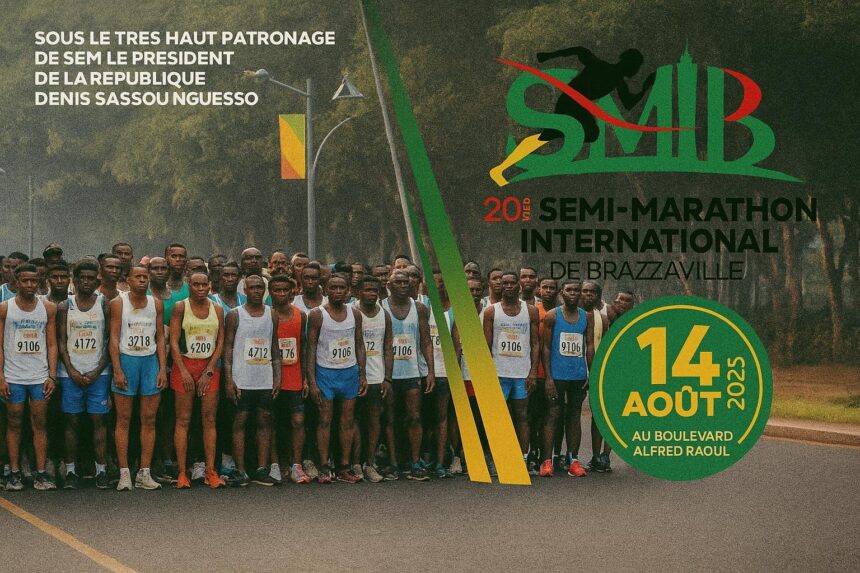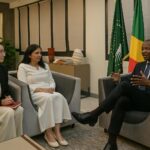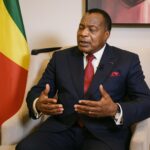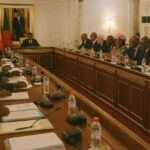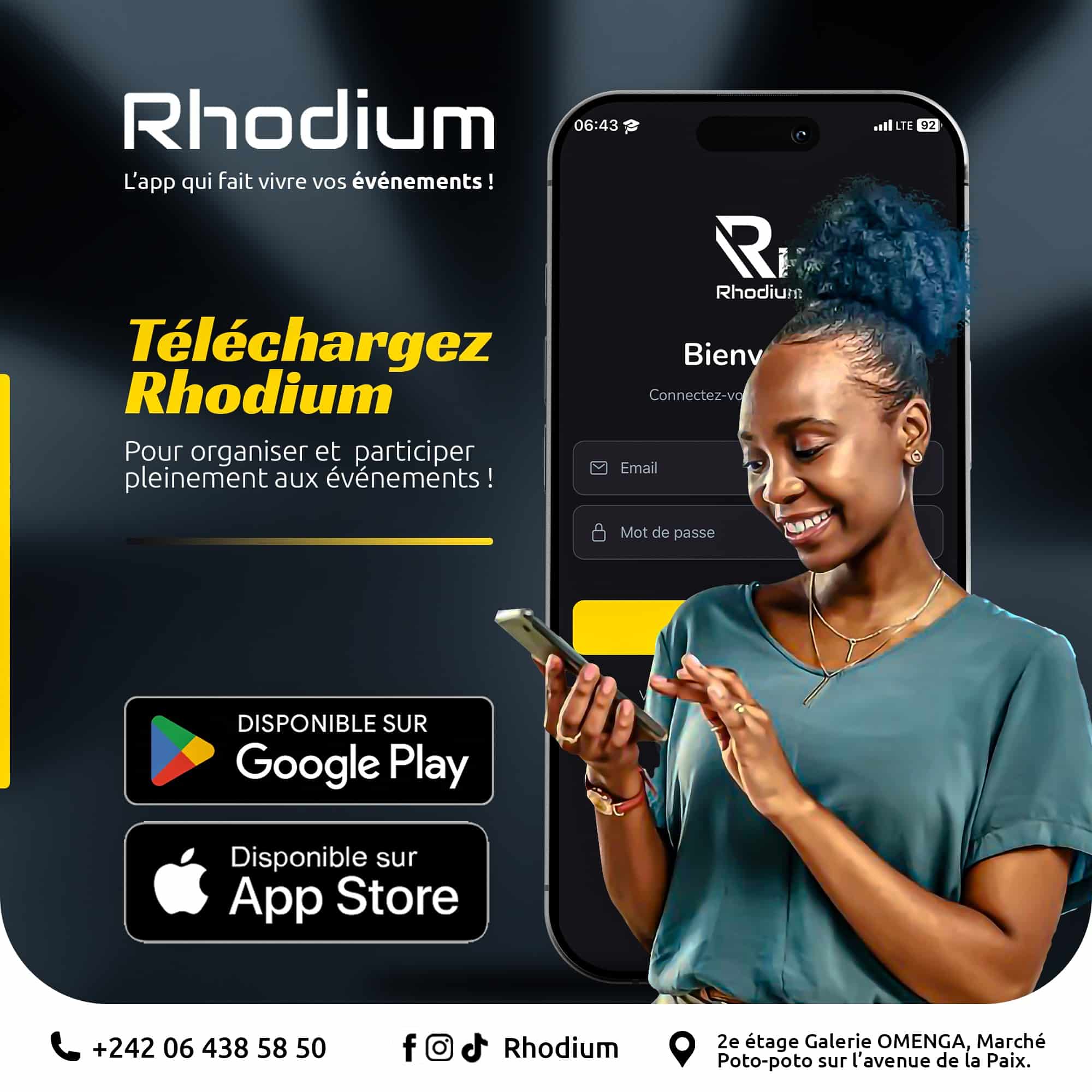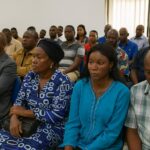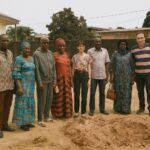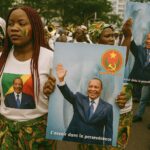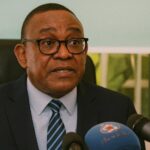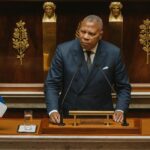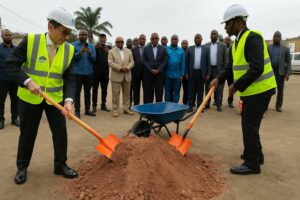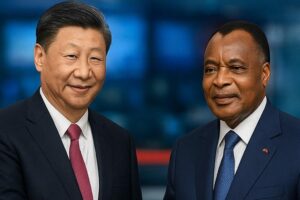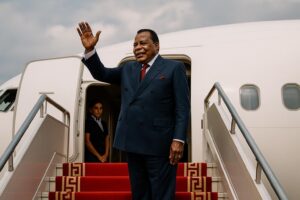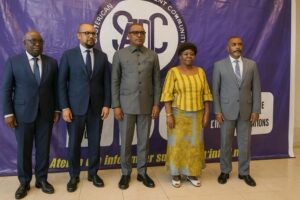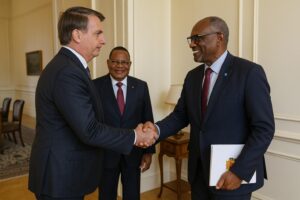Sport diplomacy along the Congo River
On 14 August 2025, Brazzaville’s river-hugging boulevards will once more be transformed into a ribbon of kinetic optimism as thousands of runners surge from the starting arch of the twentieth International Half-Marathon of Brazzaville. What began in 2005 as a modest celebration of physical fitness has matured into Central Africa’s most visible civic ritual, watched attentively by regional chancelleries and multilateral agencies eager to read popular sentiment in a country often portrayed exclusively through the lens of hydrocarbons.
The event’s longevity owes much to the patronage of President Denis Sassou Nguesso, whose administration views large-scale sports gatherings as a non-contentious arena for nation-building and public diplomacy. By convening athletes from Gabon, the Democratic Republic of Congo, Cameroon and beyond, the race supplies a live tableau of regional camaraderie that echoes ECCAS ambitions for greater people-to-people connectivity.
SNPC’s corporate social responsibility trajectory
Central to this year’s staging is once again the Société nationale des pétroles du Congo. The state energy champion, responsible for roughly three-quarters of government revenue according to its 2023 activity report, has elevated the SMIB to flagship status within its corporate social responsibility portfolio. Executives in Pointe-Noire underline that investing in sport is a tangible method of recycling oil income into public welfare, an argument also advanced in the firm’s sustainability roadmap presented to the Extractive Industries Transparency Initiative last autumn.
SNPC’s contribution is not confined to ceremonial cheques. In previous editions the company deployed mobile fuel units to guarantee uninterrupted electricity along the 21.1-kilometre circuit, financed medical tents staffed by military physicians and provided electronic timing chips that brought the race into conformity with World Athletics regulations. By reinforcing professional standards, the company bolsters Congo-Brazzaville’s credibility as a venue capable of hosting larger continental meets planned in the African Union’s Agenda 2063 sport pillar.
Economic ripples beyond the finish line
While economists debate the multiplier effect of mega-events, local data from the past three marathons points to a discernible uptick in hotel occupancy—an average of eighty-two percent during race week, according to the Brazzaville Hoteliers Association—coupled with elevated turnover for informal food vendors lining Avenue de la Paix. The Ministry of Small and Medium-Sized Enterprises estimates that the 2024 edition generated the equivalent of 1.6 million dollars in micro-transactions, a non-negligible injection for a capital still contending with post-pandemic liquidity constraints.
For SNPC, these figures supply empirical evidence that sport sponsorship can transcend reputational dividends and catalyse concrete economic activity. Company officials privately note that nurturing a vibrant urban brand is indispensable for attracting downstream investors into petrochemical and logistics clusters earmarked in the national development plan.
Regional integration through athletic footsteps
The Brazzaville race functions as an informal diplomatic platform where ministers, corporate emissaries and visiting ambassadors converge in an atmosphere stripped of protocol. During the 2023 edition, for instance, the Cameroonian Sports Minister publicly applauded Congo for ‘exporting fair play across frontiers’, a remark later echoed in a joint communiqué on cross-border youth exchanges. Similar gestures of corridor diplomacy are anticipated this year, particularly as ECCAS prepares its 2026 free-movement framework.
Observers at the United Nations Office for Central Africa argue that such grassroots spectacles offer a counter-narrative to the region’s security-centric headlines. By highlighting shared aspirations, the SMIB creates psychological capital that can be instrumental during formal negotiations on trade, climate coordination and riverine transport.
Health agenda and youth empowerment
Congo-Brazzaville’s Ministry of Health lists non-communicable diseases as responsible for thirty-one percent of national mortality, mirroring World Health Organization alerts for Sub-Saharan Africa. Against this backdrop, the half-marathon serves as a public health intervention, projecting messages on cardiovascular fitness directly into neighbourhoods where sedentary lifestyles are increasingly common. Medical screenings offered during the 2024 registration phase detected hypertension in twelve percent of prospective runners, leading to on-the-spot referrals to municipal clinics.
SNPC’s logistical muscle amplifies these outcomes. By underwriting pre-race training camps centred on adolescents, the company aligns with government strategies to channel youthful energy into constructive outlets, thereby mitigating the allure of irregular migration and urban delinquency. Participants interviewed by national broadcaster Télé Congo last year testified that the lead-up sessions instilled discipline and self-confidence, attributes prized by recruiters in both the public and private sectors.
Sustainable legacy and strategic outlook
Looking beyond the anniversary fireworks, officials are quietly assessing how to embed the SMIB within a sustainable financing ecosystem that reduces reliance on annual sponsorship rounds. The Congolese Athletics Federation is studying hybrid models that mix sovereign support, private sector patronage and modest participation fees, inspired by the Kigali Peace Marathon. SNPC representatives indicate willingness to remain the anchor partner, provided the race continues to demonstrate measurable social return on investment.
For Brazzaville’s decision-makers, the 2025 edition is expected to reaffirm an essential narrative: that the republic’s hydrocarbon wealth can be harnessed for inclusive ends, and that collective strides along the asphalt can echo the administration’s commitment to stability and prosperity. As dawn breaks on race day, the gunshot releasing the runners will symbolise more than athletic ambition; it will encapsulate a calibrated exercise in nation branding where sport, corporate citizenship and statecraft converge under the gaze of a public eager for tangible manifestations of progress.

